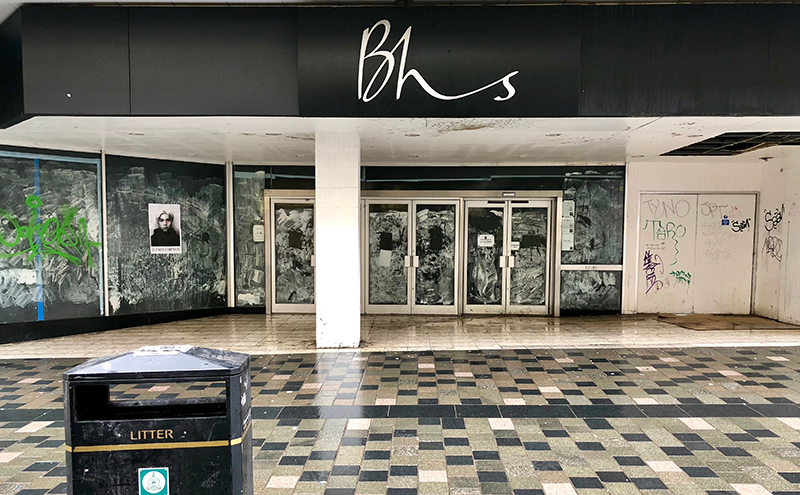Latest figures produced for SRC reveal rising vacancy rate

FOOTFALL in Scottish town centres is continuing to decline, while vacancy rates are now 15% higher than the UK as a whole.
New figures produced by Springboard for the Scottish Retail Consortium reveal the town centre vacancy rate for Scotland was 11.1% in October 2018, up from 10.8% in July and ahead of the UK average of 9.6%.
Scotland also experienced its third consecutive month of footfall decline in October, down by 3.6% for the month. This decline was deeper than the three month average of -2.5% and the twelve month average of -2.9%
The high street was the worst affected by the footfall decline, down 7.5%, while retail parks enjoyed a resurgence with a footfall increase of 2.4%, the fastest rate of growth since August 2017.
David Lonsdale, director of the Scottish Retail Consortium commented on the new figures: “These figures make for sober reading. Shopper footfall in Scotland shrivelled further in October, and for the third consecutive month.
“The decline was more pronounced than over the past quarter and year as a whole. The sustained dip in footfall highlights the structural changes taking place within retail, albeit Scotland’s retailers are increasingly adept at harnessing the internet and multi-channel innovations to get through to consumers who might not have time to travel to the shops.
“The shop vacancy rate in our town centres unfortunately nudged up again over the past quarter, reaching its second highest level in seven years. This is the third quarter in a row where the vacancy rate has exceeded 10%, the most sustained period in four and a half years.
“With the clock firmly ticking down towards the Finance Secretary’s Scottish Budget in a few weeks’ time, these figures lend urgency to the cry for convincing action to bolster consumer confidence and to stem the relentless rise in government-inspired cost pressures.”
Diane Wehrle, marketing and insights director at Springboard said: “If further evidence of the veracity of footfall as an indicator of retail trading performance were required then it is provided by October’s result for Scotland of -3.6%. Not only does it reflect the ongoing challenges that the retail sector is facing but, as importantly, with the decline increasing in magnitude since May it illustrates that the challenges for retailers increased as we moved through the year. The rate of decline in October – greater than the -3.4% drop in September – demonstrates that consumer demand is continuing to weaken which, as we head into the key trading period of the year, suggests that Christmas could be challenging.
“At the same time, while Scotland’s vacancy rate has risen marginally in the last quarter to 11.1% from 10.8%, it is no greater than the rate in Jan 2014 and over the intervening period it averaged 9.5%. This is further evidence that the offer in bricks and mortar destinations is shifting to better accommodate continued consumer demand for experience-led visits.
“The catalyst was the growth in demand for hospitality and, while this is continuing despite the fact that the growth in eating out visits has slowed since the heady days of 2015, it has opened up opportunities for the introduction of more diverse experience and leisure led propositions in destinations that ultimately may well broaden the definition of retail.”


















